What will we save? The conservation decisions we make today will impact Canada’s wildlife forever
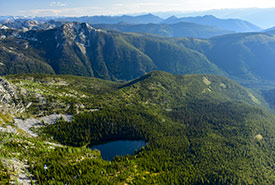
Next Creek alpine lake (Photo by Steve Ogle)
Nature conservation often means making tough decisions. The conservation that does, or doesn’t, happen today will have a big impact on the future of wildlife here in Canada and beyond. Canada is a large and vast country, and we are one of...
Wanting wetlands: Marking 50 years of wetland conservation and loss
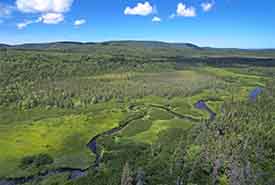
Black River Bog, NS (Photo by Mike Dembeck)
Fifty years ago, nations gathered to create the world’s first global agreement to conserve a habitat. Maybe it will surprise you that this agreement wasn’t for tropical rainforests or coral reefs or oceans. It was a for a habitat that...
Stopping habitat loss is the key to saving Canada’s endangered species
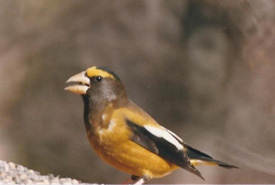
Evening grosbeak (Photo by Anna Tchoulik)
Canada has been losing and saving species for a long time. Since European settlement, over 100 species have been lost here. These include plants and animals that are extinct and extirpated and species that are considered historic (no one has seen...
Lake Erie: Recovery, or requiem?
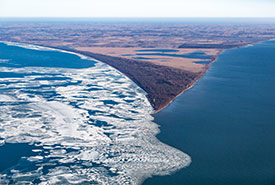
Aerial view of Point Pelee, ON (Photo by Gerry Kaiser)
Someone recently asked me how I would invest a million dollars to help conserve Lake Erie. My first thoughts were that I would use that money to protect wetlands and other habitats on the coast, or maybe to help farmers create wider buffer strips...
Seeing Canada through the trees: How Canadians can lead the world in forest conservation
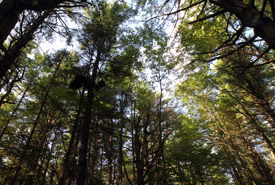
Whitemouth River Watershed Natural Area, MB (Photo by Mike Dembeck)
Forests define our Canadian geography and identity. One-third of our country is covered with trees, and forests occur in every province and territory. Jobs in forestry employ more than 200,000 Canadians and support many Indigenous and northern...
Where the river stops: Why habitat connectivity is critical for healthy fish populations across Canada
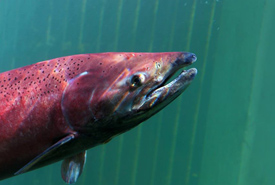
Spawning Chinook salmon (Photo by Fish On in the Yukon)
Before you read any further, stop and think about a fish migrating up a river. Chances are that fish is a salmon and that river is in BC. There’s good reason that salmon in BC have come to symbolize fish migration. The return of millions of...
Tales of recovery: Greater short-horned lizard
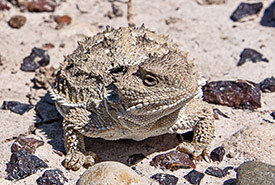
Greater short-horned lizard. (Photo by Leta Pezderic/NCC staff)
I’ve been lucky to have seen many reptiles that are at risk in Canada. I started my ecological career at Point Pelee National Park counting Blanding’s turtles and map turtles. I’ve seen queen snakes poke their heads through the...
Tales of recovery: Trumpeter swan
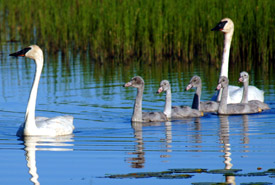
Trumpeter swan family (Photo by Karol Dabbs)
Their call is unforgettable. When you hear it for the first time, “trumpeter” makes perfect sense. Even when silent, a trumpeter swan remains impressive. With a wingspan that can stretch to three metres, this white swan is the largest...
Getting wetland conservation right will help solve many issues
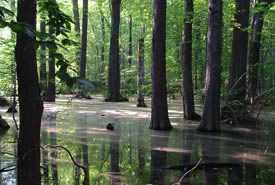
Forested wetlands in summer (Photo by Mary Gartshore)
Earlier this winter I watched as a record amount of January rain filled the swamp at the back of our property outside of Guelph Ontario. With the ground still locked in a hard freeze, there weren’t a lot of places to hold this deluge. This...
Conserving what we value
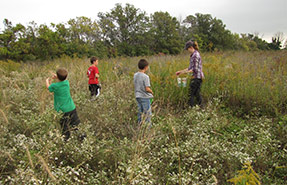
Children from Pelee Island Public School help collect seeds for restoration projects. (Photo by NCC)
It was my time to finally get my message across. About a 15 years ago, the Nature Conservancy of Canada (NCC) was beginning to purchase properties on Pelee Island, in Ontario. The community, however, was uncertain of conservation —...

